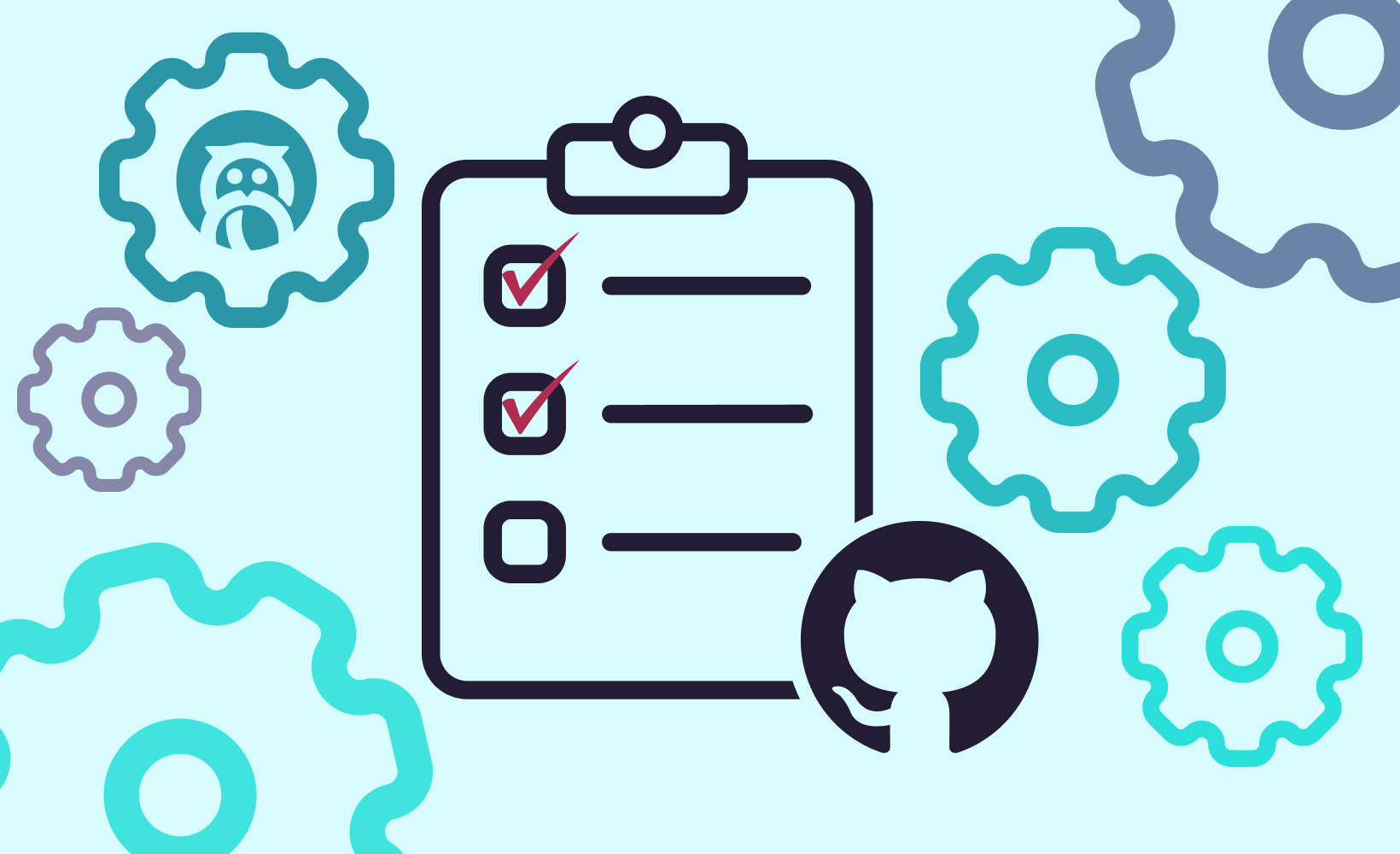In the world of construction, a blueprint serves as the foundational guide. Just as architects and builders wouldn't dream of erecting a structure without a plan, digital agencies and their developers equally rely on a clear and detailed blueprint. This digital blueprint? The codebase.
When a client entrusts their digital partner with the task of redesign or enhancement, they're really handing over the blueprint (or code) of their existing structure. It's why we often get the question from our clients: "Why do you need code access?"








